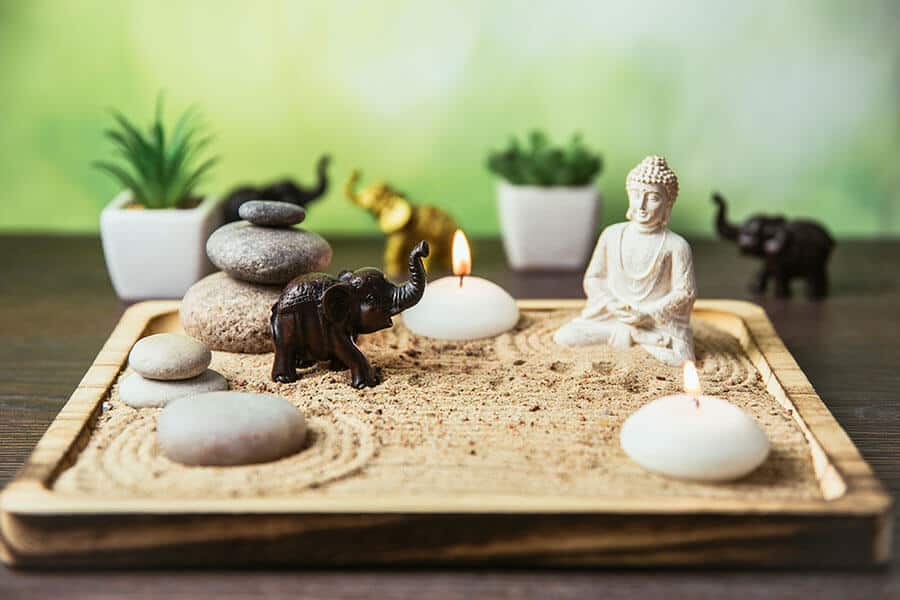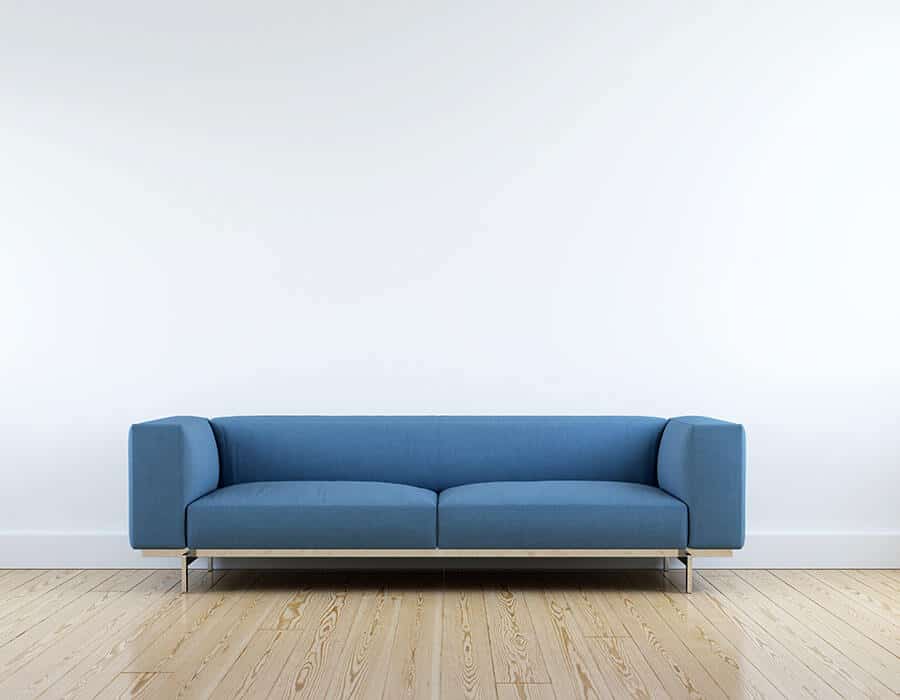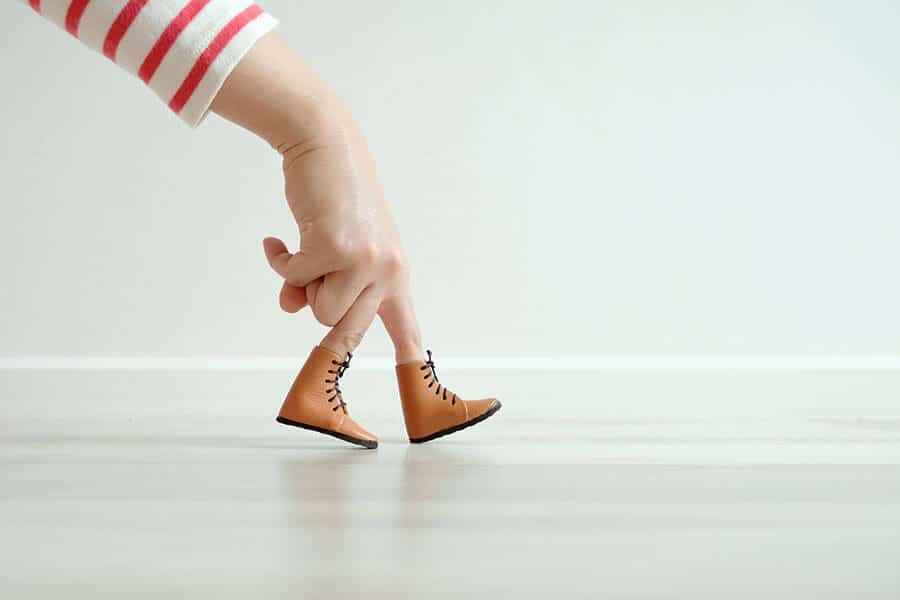As we continue to spend more time closed up in our houses, we have more time to scroll and become victims of advertisements. Our guilty pleasure instinct notices the offers of things we really don’t need, but want to have, and we place an order. That’s why now, maybe more than ever, we need to learn more about minimalism, and slowly pick up one or two minimalistic habits as we go, so as to not become preys of escalated consumerism.
Whether you practice it or not, you have surely heard about the practice of minimalism. There are countless podcasts, books, and documentaries telling people to stop investing in materialistic things, and start investing in relationships instead. Everything that minimalism preaches comes down to one point: Less is more.
And when we talk about less, we mean getting rid of unnecessary items and unnecessary obligations as well, such as debt or other expenses. But considering the nature of us humans, is it really all that easy? Just filling up a large paper sack with things ‘we don’t need’ and throw it away! How do we go through the classification and categorization process to separate out what we will never really need and what we will?
Speaking from personal perspective, it is very hard for me to throw out a shirt I bought five years ago, and maybe wore once, and most certainly never will wear again. I mean, there’s some sort of emotional bond you create with things, isn’t there? You wore it once during an outstanding trip, so the shirt must stay! But let’s think that through.
When we think about beautiful memories and want to recall the good times we have had, the last thing we do is remember what we were wearing. We focus on the experience, the people who were with us, or the joy we felt along the way. This means that there’s plenty of space in our memories which we can choose to open up and close whenever we want to. And overall, we don’t need that shirt to remind us of the good times we had. And that’s exactly what minimalism encourages us to think about!
How did minimalism become a movement?
For starters, minimalism was not always related to getting rid of the materialist possessions that we don’t consider useful. Many argue that Minimalism started out first as an art movement in the ‘60s and ‘70s. Painters like Donald Judd and Ellsworth Kelly turned away from Abstract Expressionism in favor of even more extreme abstractions composed of simple geometric shapes.

In other words, a different form of art was arising, with a lack of the usual qualities that traditionally had defined Western art. And people at first didn’t know how to define it; it seemed emotionless to many critics.
But how did minimalism gained the power to make people throw away their belongings? This we can blame on the architectural aspect of the minimalist style.
According to the author Franco Bertoni, quoting from his book on minimalist architecture – the whole point of minimalist architecture is to strip everything down to its essential quality and achieve simplicity. He writes that the considerations for ‘essential’ are light, form, detail of material, space, place, and the human condition.

“Minimalist architects not only consider the physical qualities of the building. They consider the spiritual dimension and the invisible, by listening to the figure and paying attention to details, people, space, nature, and materials, believing this reveals the abstract quality of something that is invisible and aids the search for the essence of those invisible qualities—such as natural light, sky, earth, and air.”
Franco Bertoni, “Minimalist Architecture”
Zen philosoophy
And this belief relates closely to the Zen aspect of minimalism. There has been so much fuss over it in recent years. Many believe that the minimalist movement has become so powerful because it is a counter-response to the chaos that currently exists in urban lives.
In Japan, for instance, the concept of minimalism wasn’t something all that new. The Japanese lived by Zen philosophy which leads them to simplicity. However, many authors have posited that minimalist architecture came to a peak in Japan when the population was booming, and the cities were going through expansion.

“The minimalistic design was considered an antidote to the overpowering presence of traffic, advertising, jumbled building scales, and imposing roadways.”
Josephine Vaughan and Michael J. Ostwald, “The Fractal Dimension of Architecture”
Meaningful lives with less
And this journey brings us up to today, where not much has changed. Most people are still bound to urban dynamics, sharing apartments, and living lives filled up with things that take so much space. All that space that can be used to breathe and set aside the overwhelming burden of owning stuff.

If you ever start reading about The Minimalists, you’ll see that the founders of the movement are not exactly saying that we should throw everything out and live within a white-walled room, with only a couch, one t-shirt and a tooth brush. If that works for you then by all means go ahead. However, what they’re saying is that we can really part with. For instance, stuff we have not used at all within 90 days.
They believe that minimalism is a tool that can assist people in finding their freedom. Whether that be freedom from fear, freedom from worry, freedom from guilt, depression, and freedom from the trappings of the consumer culture we’ve built our lives around. No wonder they’ve managed to help more than 20 million people live ‘meaningful lives with less’ . This is a key statement through their website, books, podcasts, and documentaries.
Does minimalism work for everyone?
No matter how much we try, we will never find a theory or practice regarding the way of living our human lives that will respond to all individuals living on planet earth. We are all different, and although for some, detachment from material things is as easy as a Sunday morning. For others, certain items indeed carry deep emotional baggage.
At the very least, we can all try to prioritize these items and get a sense of understanding regarding what really brings value to our lives!
Read more on the science behind minimalism.
Photos: Shutterstock
Support us!
All your donations will be used to pay the magazine’s journalists and to support the ongoing costs of maintaining the site.
Share this post
Interested in co-operating with us?
We are open to co-operation from writers and businesses alike. You can reach us on our email at [email protected]/[email protected] and we will get back to you as quick as we can.









